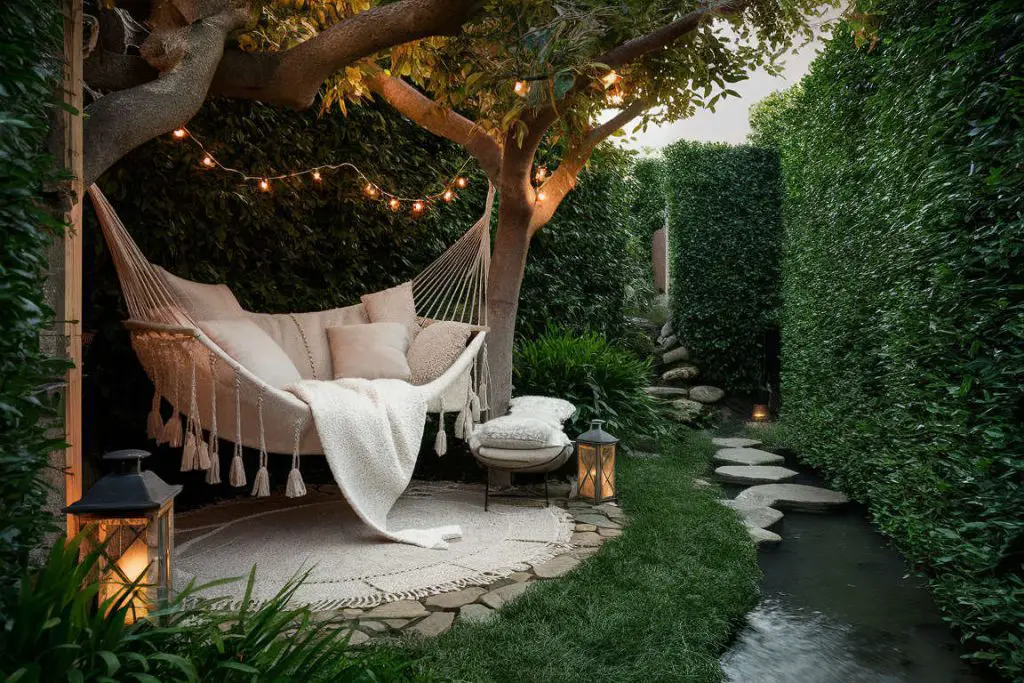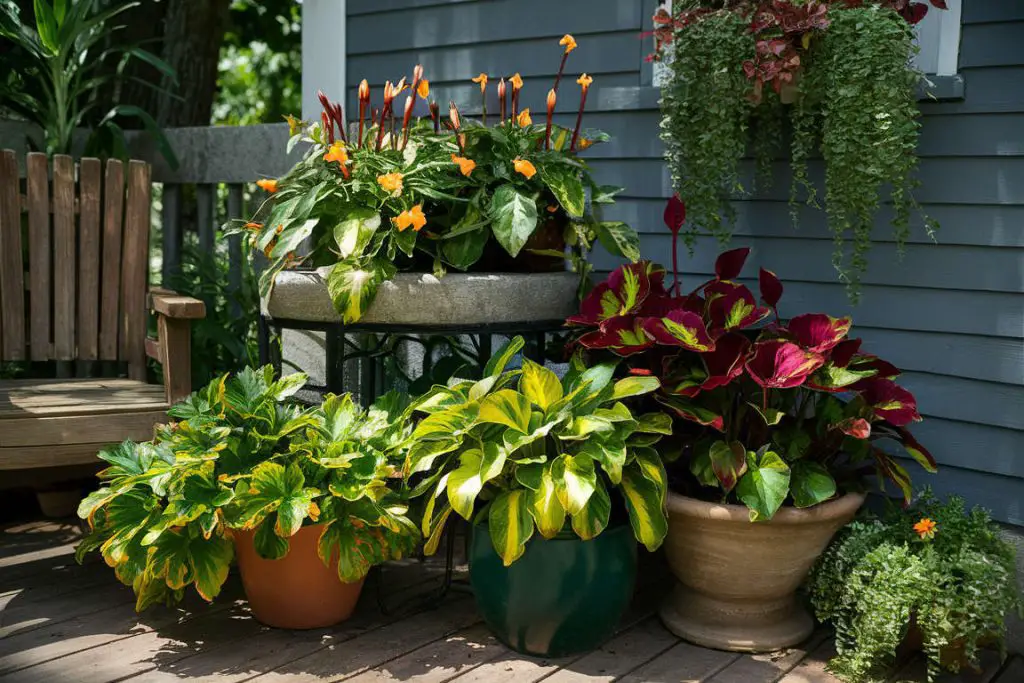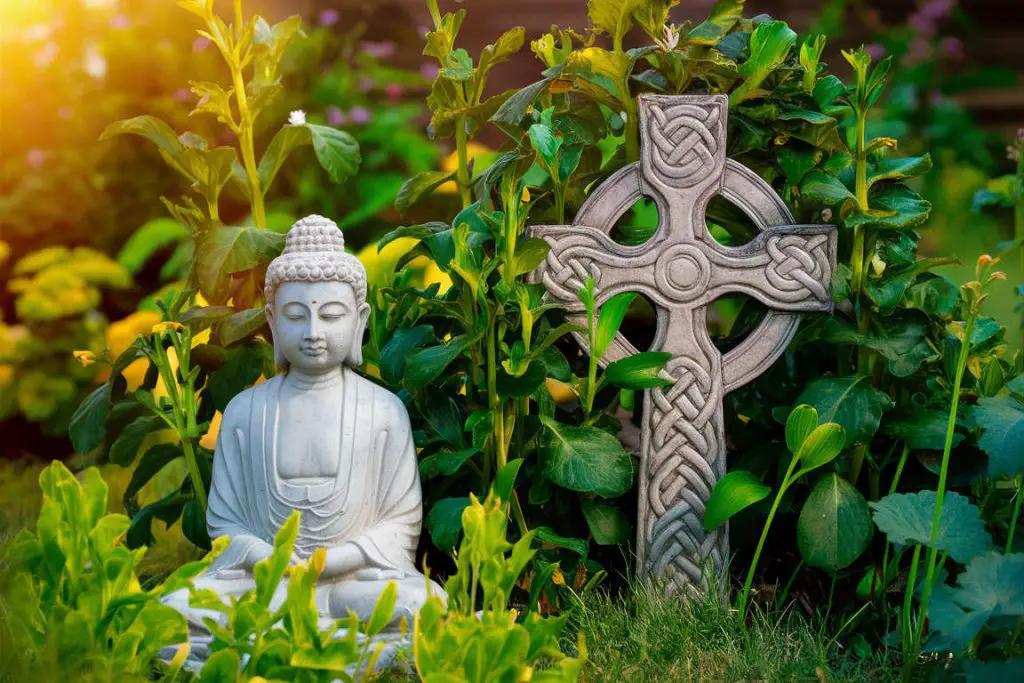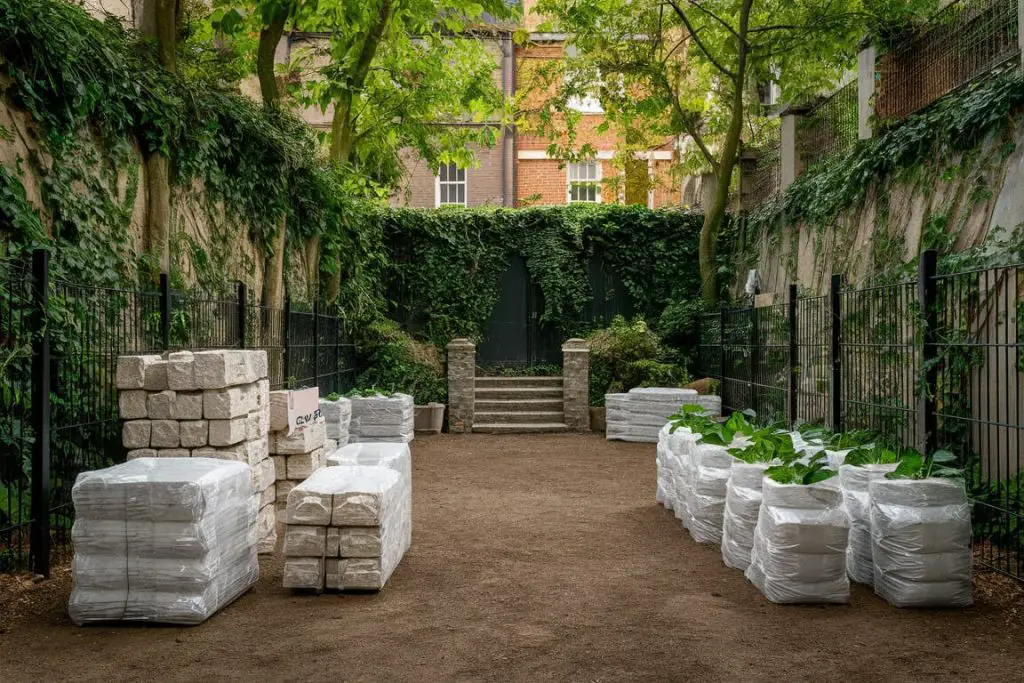Step-by-Step Guide to Building a Secret Garden
A secret garden offers a peaceful retreat, a private haven where you can escape the hustle of daily life. Designing and building your own hidden sanctuary may seem daunting, but with thoughtful planning and creativity, it can become a reality. Below, we will walk you through the essential steps to transform any space into a lush, secluded garden, perfect for relaxation and reflection. Let’s start on this project to create your personal hideaway, filled with beauty and tranquility.
Assessing Your Space
The first step in building a secret garden is evaluating your available space. Start by identifying the location and size of the area you plan to transform. Even with small spaces you can achieve a lot. Consider how much privacy you desire; a secluded corner of your yard or a walled-off section can provide the necessary seclusion. Pay attention to sun exposure and soil quality, as these factors will influence your plant choices. Ensure the space has good drainage to prevent waterlogging. A thorough assessment will help you plan a garden that thrives and offers a peaceful retreat.
Designing Your Secret Garden

Creating Privacy
Achieving a sense of seclusion is essential for a secret garden. Consider using walls, fences, or natural barriers like hedges and tall plants. Trellises adorned with climbing vines can add a touch of mystery and enhance privacy.
Pathways and Layout
Design winding paths to lead visitors through the garden, creating a sense of discovery. Gravel, stepping stones, or mulch can be used for pathways, adding texture and interest. Strategic placement of seating areas provides spots for relaxation and contemplation.
Themes and Styles
Choose a theme that reflects your personal taste. Whether it’s a woodland retreat, tropical paradise, or a Zen-inspired space, selecting a cohesive theme will guide your plant and decoration choices. Use a mix of plant types, colors, and structures to create a harmonious and inviting atmosphere.
Adding Personal Touches
Incorporate elements that make the garden uniquely yours. Birdbaths, sculptures, and water features can enhance the aesthetic appeal. Consider adding lighting to extend the garden’s usability into the evening, creating a magical ambiance.
Designing a secret garden involves thoughtful planning and creativity. By focusing on privacy, pathways, and a cohesive theme, you can create a personal sanctuary that offers peace and beauty.
Selecting Plants and Features

Climate-Suitable Plants
Choose plants that thrive in your climate and match the sun exposure of your garden area. Native plants often require less maintenance and are well-suited to local conditions. Consider a mix of evergreens for year-round structure and seasonal flowers for changing colors.
Native Plants
Selecting native plants ensures your garden will thrive with minimal maintenance. These plants are adapted to local conditions, requiring less water and fertilizer. They also support local wildlife, promoting a balanced ecosystem.
Sun Exposure
Identify areas of full sun, partial shade, and full shade in your garden. Choose plants that match these conditions to ensure healthy growth. For example, sun-loving flowers like marigolds and zinnias thrive in bright spots, while hostas and ferns prefer shaded areas.
Drought-Tolerant Varieties
In regions prone to drought, opt for plants that can withstand dry conditions. Succulents, lavender, and ornamental grasses are excellent choices, as they retain water efficiently and reduce the need for frequent watering.
Seasonal Interest
Incorporate plants that offer visual appeal throughout the year. Evergreens provide structure in winter, spring bulbs add early color, summer perennials bring vibrant blooms, and autumn foliage offers stunning hues. This approach ensures your garden remains attractive in every season.
Soil Compatibility
Assess your soil type—whether it’s sandy, clay, or loamy—and choose plants that will flourish in it. Amending the soil with organic matter can improve its quality, but starting with plants suited to your soil type ensures better success.
Layering and Textures
Creating depth and visual appeal in your secret garden requires careful layering and attention to textures. Start with taller plants at the back or center of your garden, such as ornamental grasses, small trees, or tall shrubs. These plants provide a backdrop and structure.
In front of the tall plants, place medium-sized shrubs and perennials. Choose varieties with contrasting leaf shapes and colors to add interest. For instance, mix broad-leaved plants with fine, feathery foliage.
At the front, use low-growing plants and ground covers. These can include creeping thyme, hostas, or colorful annuals. Combining different heights ensures that every layer of your garden is visible and contributes to the overall design.
Textures play a vital role in making your garden visually engaging. Combine plants with glossy, smooth leaves with those that have rough or fuzzy textures. For example, pair ferns with their delicate fronds alongside bold, spiky yuccas. The contrast between different textures enhances the garden’s depth and makes it more dynamic.
Incorporate materials like gravel, bark mulch, or decorative stones to further enhance the textural variety. These elements not only add to the aesthetic but also help with drainage and weed control.
By thoughtfully layering plants and integrating diverse textures, you create a garden that captivates the eye and offers a rich, multi-dimensional experience.
Key Features

Incorporate features that enhance the garden’s appeal. Water elements, like fountains or small ponds, introduce soothing sounds and attract wildlife. Sculptures, birdbaths, and decorative stones can serve as focal points. Or you may want to add some spiritual elements such as Zen features to your design. Adding a bench or swing offers a comfortable spot to enjoy the surroundings.
Water Elements
Adding a water feature, like a fountain, small pond, or birdbath, can introduce soothing sounds and attract wildlife. The gentle trickle of water creates a calming atmosphere, enhancing the garden’s sense of tranquility.
Sculptures and Art
Incorporate sculptures, garden gnomes, or other artistic pieces to serve as focal points. These elements can reflect your personal taste and add character to the garden. Position them strategically to draw the eye and create points of interest.
Seating Areas
Include comfortable seating options such as benches, swings, or hammocks. These spots provide places to relax and enjoy the garden’s beauty. Position seating in shaded areas or near features like water elements to maximize enjoyment.
Lighting
Install garden lighting to extend the use of your secret garden into the evening. Solar-powered lights along pathways, string lights in trees, or lanterns near seating areas can create a magical ambiance and ensure the space remains inviting after dark.
Paths and Walkways
Design paths and walkways to guide visitors through the garden. Use materials like gravel, stepping stones, or mulch to create clear routes. Curved paths can add a sense of mystery and discovery, encouraging exploration.
Key features bring functionality and aesthetic value to your garden. If you integrate elements like like these we have suggested above, you create a space that is not only beautiful but also inviting and relaxing.
Of course selecting the right plants and features for you is important to ensure your garden is vibrant and engaging in the way you want. If you look to focus on climate-appropriate choices and layering textures, you create a dynamic and inviting space that changes with the seasons.
Building the Garden

Once you have your planning, preparation, sorted it is time to begin the hands-on work. Here’s how to bring your vision to life step-by-step.
Soil Preparation
Healthy soil is the foundation of a thriving garden. Start by testing your soil to determine its pH and nutrient levels. Amend it with compost or organic matter to improve texture and fertility. Remove weeds and debris to create a clean slate for planting.
Planting
Follow a carefully designed layout, placing taller plants at the back or center and shorter ones at the front. Dig holes that are twice the width of the root ball and the same depth. Water the plants thoroughly after planting and apply mulch to retain moisture and suppress weeds.
Installing Features
Begin with any hardscaping elements such as pathways, seating areas, and water features. Place sculptures, birdbaths, or other decorative items to create focal points. Ensure all elements are securely installed and harmonize with the overall design.
Adding Personal Touches
Enhance the garden with unique touches that reflect your personality. Hang wind chimes, add a trellis with climbing vines, or install garden lighting. These elements not only add beauty but also make the space feel uniquely yours.
Ongoing Care
Regular maintenance keeps your garden looking its best. Water plants as needed, especially during dry spells. Prune and trim to maintain shape and remove dead or diseased foliage. Keep an eye on pests and treat any issues promptly.
Building a secret garden is a rewarding process that transforms an ordinary space into a tranquil retreat. Through careful preparation and creative touches, your garden will become a cherished sanctuary.
Maintenance and Care
The work doesn’t end after you have finished building your secret garden is just the beginning. Maintaining its beauty and tranquility requires regular attention and care. Here’s how to keep your garden thriving year-round.
Watering
Proper watering is crucial for plant health. Water deeply and less frequently to encourage deep root growth. Morning watering helps prevent fungal diseases. Adjust the frequency based on seasonal rainfall and the specific needs of your plants.
Weeding
Regular weeding prevents unwanted plants from competing with your garden. Mulching helps suppress weeds and retain soil moisture. Hand-pull weeds or use a hoe to remove them, making sure to get the roots.
Pruning and Trimming
Prune and trim plants to maintain their shape and health. Remove dead or diseased branches promptly to prevent the spread of pests and diseases. Trim overgrown plants to keep paths clear and ensure each plant has enough space and light.
Soil Health
Monitor soil health by periodically adding compost or organic fertilizers. This replenishes nutrients and supports healthy plant growth. Avoid over-fertilizing, which can harm plants and the environment.
Pest Control
Regularly inspect your garden for pests. Use natural remedies like neem oil or introduce beneficial insects to control pest populations. Avoid chemical pesticides to keep your garden eco-friendly.
Seasonal Tasks
Adjust your garden care routine with the seasons. In spring, prepare beds and plant new flowers. Summer requires more frequent watering and pest control. Fall is the time for pruning and soil amendment. In winter, protect sensitive plants with mulch or covers.
Enjoying Your Garden
Regular maintenance not only keeps your garden beautiful but also ensures it remains a relaxing retreat. Take time to enjoy the fruits of your labor, whether by reading on a garden bench or hosting a small gathering.
Consistent care and attention are key to maintaining a thriving secret garden. With regular watering, weeding, pruning, and pest control, your garden will continue to be a lush, peaceful sanctuary for years to come.
Final Thoughts: Your Personal Sanctuary Awaits
Building a secret garden transforms an ordinary space into a peaceful retreat. Through careful planning, thoughtful design, and consistent maintenance, you can create a hidden oasis that offers beauty and tranquility. Each step, from selecting climate-suitable plants to installing personal touches, contributes to a unique and serene environment. Embrace the process and enjoy the rewards of your labor, knowing that your secret garden will provide a haven for relaxation and reflection for years to come. Your personal sanctuary is just a few steps away.
